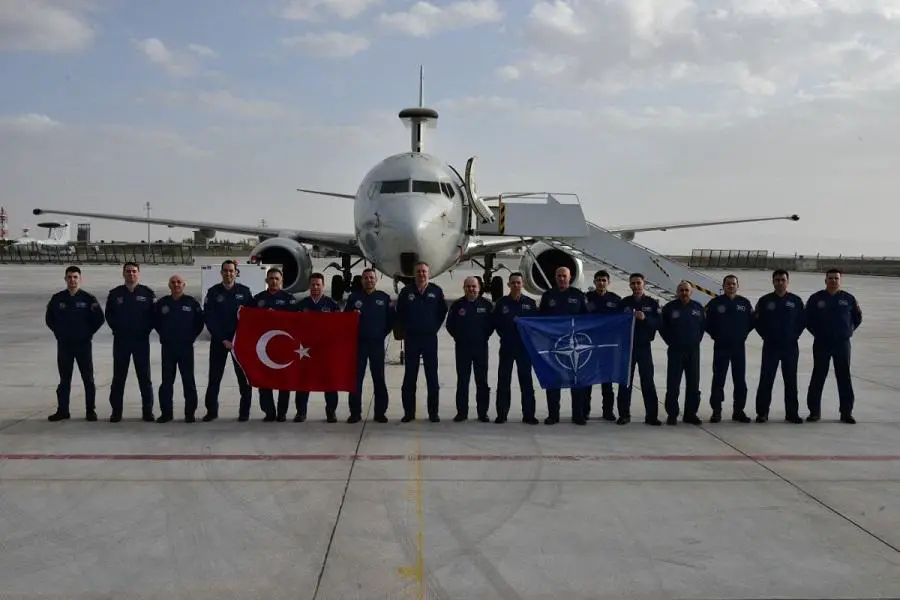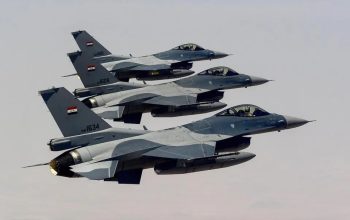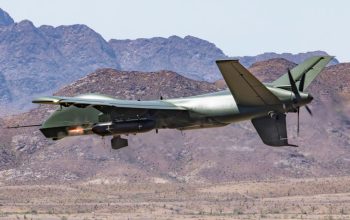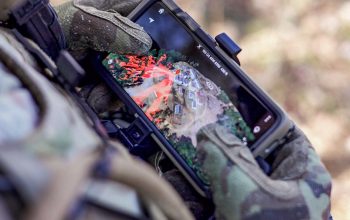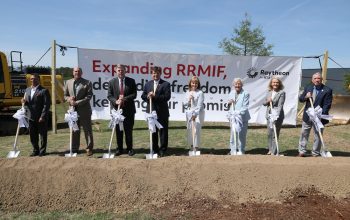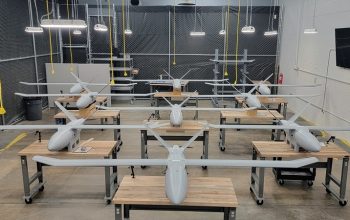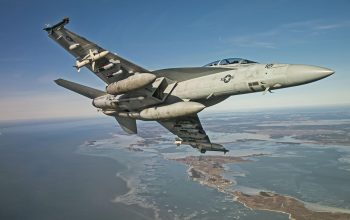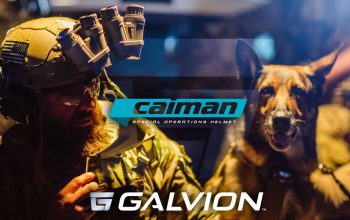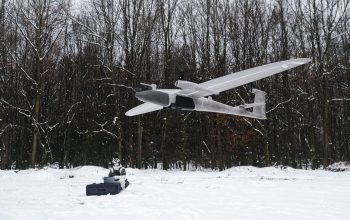A Turkish Air Force E-7T, flying from Geilenkirchen Air Base for the first time, acted as the airborne command and control post for fighter activities above the Baltic Sea Region during NATO’s multinational exercise Ramstein Alloy 22-1, 11-12 Apr, 22. The Ramstein Alloy exercise happens three times per year and offers training to enhance the Quick Reaction Alert capabilities in the Baltic region. Participation by the Turkish E-7T aircraft and crew marks their third visit to this region and the first time they have deployed to Geilenkirchen Air Base in Germany. Having a NATO Ally from the South operating in the Northern part of Europe builds important relationships for the future.
“Ramstein Alloy is an opportunity to work with Allies, side-by-side in order to enhance interoperability,” said Colonel Sertac Seymen, E-7T Squadron Commander.
With the fusion of all this information, we produce the Recognized Air Picture or RAP,” said mission commander Lieutenant Colonel Sedar Cagirdar. He went on to explain that the E-7T has 10 state-of-the-art mission crew consoles, where highly trained operators can detect, identify and track objects with the long rage radar and passive sensor.
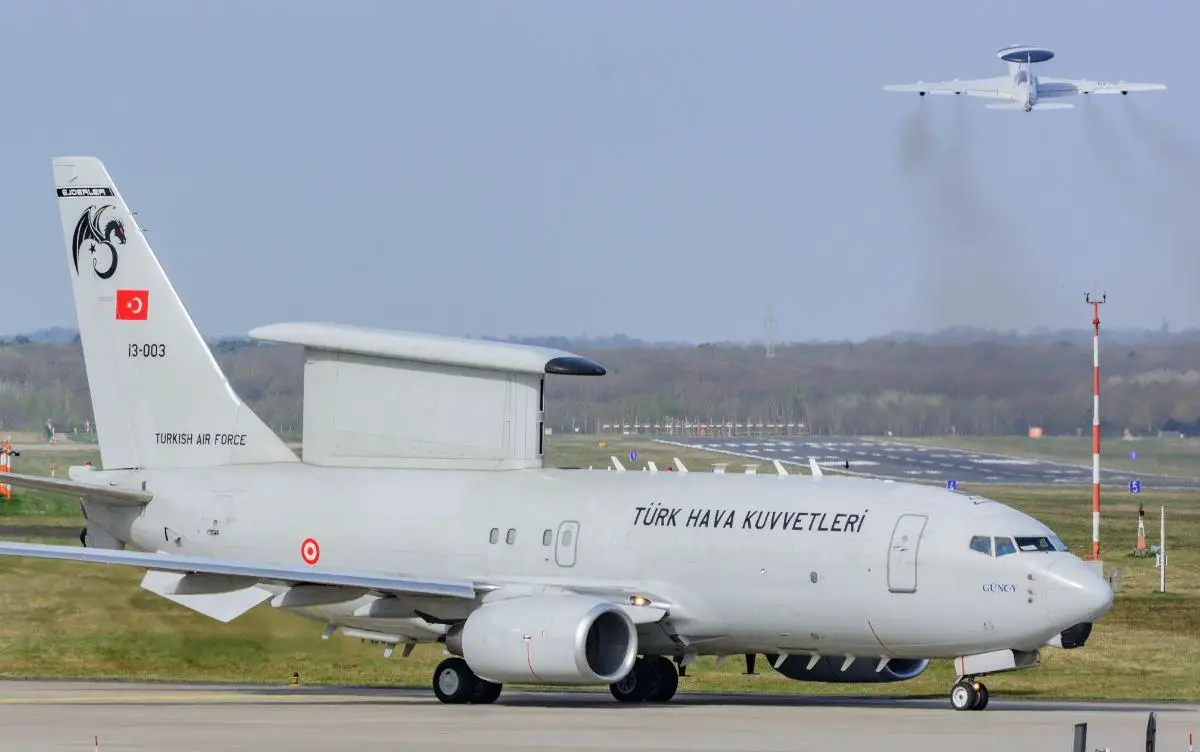
The E-7T aircraft, based on a 737-700 commercial plane, has an advanced radar and is capable of detecting air and maritime targets simultaneously. The Turkish Air Force has had the early warning capability since 2014 and in 2021 it started to fly missions over the NATO Allied airspace as part of NATO”s Assurance Measures. Sharing the RAP with all stakeholders, including Partner nations Sweden and Finland, is a key part of the Exercise. Practising these procedures ensures NATO remains ready for the Air Policing mission and can safeguard the skies across the Baltic Region.
The Boeing 737 AEW&C is a twin-engine airborne early warning and control aircraft based on the Boeing 737 Next Generation design. It is lighter than the 707-based Boeing E-3 Sentry, and has a fixed, active electronically scanned array radar antenna instead of a rotating one. It was designed for the Royal Australian Air Force (RAAF) under “Project Wedgetail” and designated E-7A Wedgetail. The 737 AEW&C has also been selected by the Turkish Air Force (under “Project Peace Eagle”, Turkish: Bar?? Kartal?, designated E-7T), the Republic of Korea Air Force (under “Project Peace Eye”), and the United Kingdom (designated Wedgetail AEW1).
